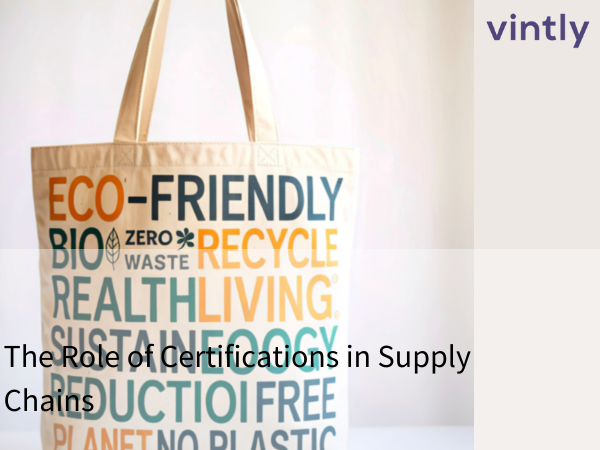How to Build a Resilient Supply Chain Strategy for the Next 5 Years
Introduction
In today’s fast-paced business environment, building a resilient supply chain is more crucial than ever. Uncertainty due to global disruptions, shifting consumer demands, and unexpected events like natural disasters or pandemics can easily derail a supply chain that isn't built to withstand adversity. Crafting a long-term supply chain strategy that is both agile and robust is key to ensuring your company can thrive no matter what challenges arise. In this article, we’ll walk through the essential steps to creating a supply chain strategy designed to endure for the next five years.
1. Understand Your Current Supply Chain
The first step in building a resilient supply chain is to understand where your supply chain stands today. Assess your current suppliers, logistics, inventory management, and operational processes. Identify any vulnerabilities—whether it’s dependency on a single supplier, lack of visibility, or inadequate communication channels. Once you have a clear view of your weaknesses, you can plan for improvements.
2. Embrace Digital Tools for Better Visibility
Investing in digital tools is vital for ensuring supply chain resilience. Supply chain management software helps businesses track their inventory, monitor performance, and manage suppliers in real-time. Implementing tools like IoT (Internet of Things) devices and cloud-based supply chain solutions provides end-to-end visibility, allowing businesses to respond quickly to disruptions.
By integrating data analytics into your strategy, you can predict potential disruptions and address them before they escalate. Consider using AI-powered tools to forecast trends and adapt to changes in demand more effectively.
3. Diversify Your Suppliers and Logistics Partners
Relying on a single supplier or logistics partner can be risky, especially in volatile markets. To build a more resilient supply chain, diversify your suppliers. This ensures that if one partner faces difficulties, you have alternatives that can help maintain operations.
Additionally, it’s crucial to evaluate and form partnerships with multiple logistics providers. The more flexible and diverse your network, the more adaptable your business will be to market fluctuations.
4. Build Agility with Flexible Contracts and Agreements
A long-term supply chain strategy needs to include flexibility. While long-term contracts with suppliers can provide stability, it’s also important to negotiate flexible terms that allow for adjustments based on changing market conditions. This flexibility can include renegotiating prices, adjusting delivery times, or even rethinking the scope of the supply agreement as needed.
5. Invest in Sustainability and Ethical Sourcing
Sustainability is becoming a critical focus for consumers and businesses alike. Building a resilient supply chain means preparing for long-term sustainability. Sustainable sourcing and ethical production practices are not only environmentally responsible but also ensure that your supply chain remains in compliance with evolving regulations.
Focus on building relationships with suppliers who share your commitment to sustainability and social responsibility. This strengthens your reputation and mitigates risks related to environmental or ethical violations.
6. Continuously Monitor and Improve
A resilient supply chain strategy is not a one-time effort. It's essential to continuously monitor performance, gather feedback, and make adjustments as needed. Use data from your supply chain management system to measure key performance indicators (KPIs) and identify areas that need improvement. Regular audits and risk assessments will help you stay ahead of potential disruptions.
Conclusion
Building a resilient supply chain requires foresight, flexibility, and the right digital tools. By understanding your current supply chain, embracing technology, diversifying your network, and focusing on sustainability, you can create a strategy that will ensure your business thrives for the next five years and beyond.
.png)


